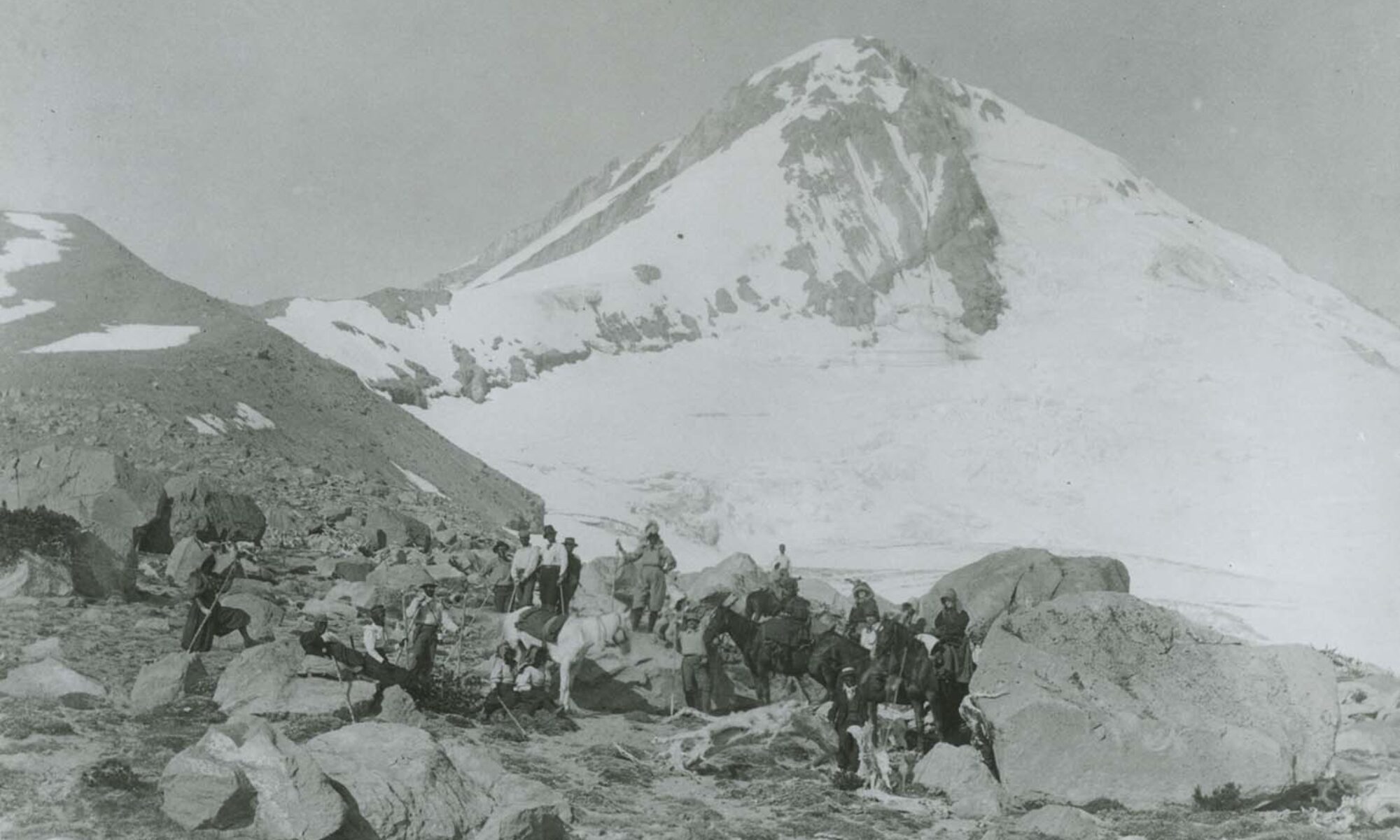
Meet the Schwabs: They’re a blended family— each with varying degrees of “from-here.” While Meg moved to Oregon from the Midwest as an adult, Michael’s family basically got here with the Pioneers. Tegan and Isaac actually have the deepest roots to the Pacific Northwest though, because they’re members of the Confederated Tribes of Grand Ronde through their mom’s side of the family.
Thankfully, they all love being outside equally, and enjoy spending lots of family time exploring the outdoors. They were grateful to discover the Mazamas during COVID, and decided to take the Families Mountaineering 101 class together last year.
Name: Michael (dad), Meg (stepmom), Tegan, 12, and Isaac, 9
Pronouns: He, she, she, he
Year Joined Mazamas: 2022
Present-day outdoor activities: Hiking, camping, backpacking, climbing, and snowshoeing
What’s your earliest outdoor memory? As a fam: the kids have been camping since they were babies, and we’ve been taking them on hikes since before they even liked it.
How did you first hear about the Mazamas, and what prompted you to engage with the organization? Since COVID, we were always on the lookout for activities to do outside, because it really seemed to help the kids get through being stuck with online learning and not being able to see their friends as often. We found Family 101 in 2021 (through a google search, I think?), but the planned dates that season didn’t fit with the 50/50 parenting-time schedule we have. For 2022, the calendar was almost exactly [magically] aligned, so we applied!
As more people seek to recreate outdoors, what advice would you offer them? For families specifically: get started as early as you can! Even when you think it’ll be hard at first (FYI: you are correct), you’ll all get the hang of it eventually. Nothing has brought our family unit closer than the times we’ve been hanging out together outside. Also, if you have the opportunity to go with other families with kids (ex. FM101!): jump on it.
What activities/situations/people most inspire you? Every time we’ve been at the summit of a crazy-difficult hike and seen a parent walk by with their baby in one of those backpack-carrier things. So metal.
What is your favorite book/movie/TV show/social media account that you follow and why? Primitive Technology by John Plant.
What’s on your adventure bucket list? Re-doing our favorite trips we did when the kids were too little to take them with us. Banff National Park, Zion, and the Inca Trail stick out as the main ones.
















